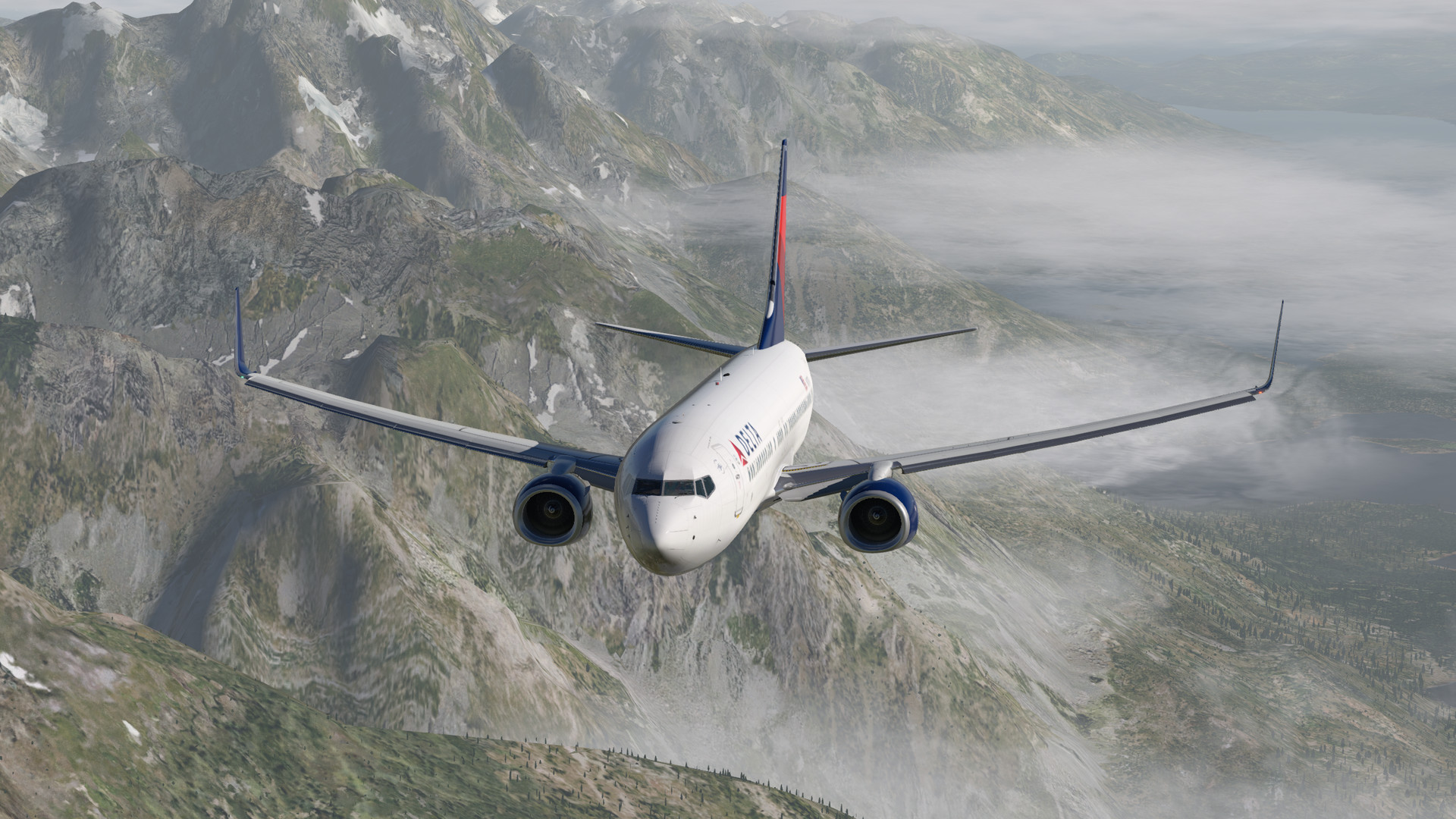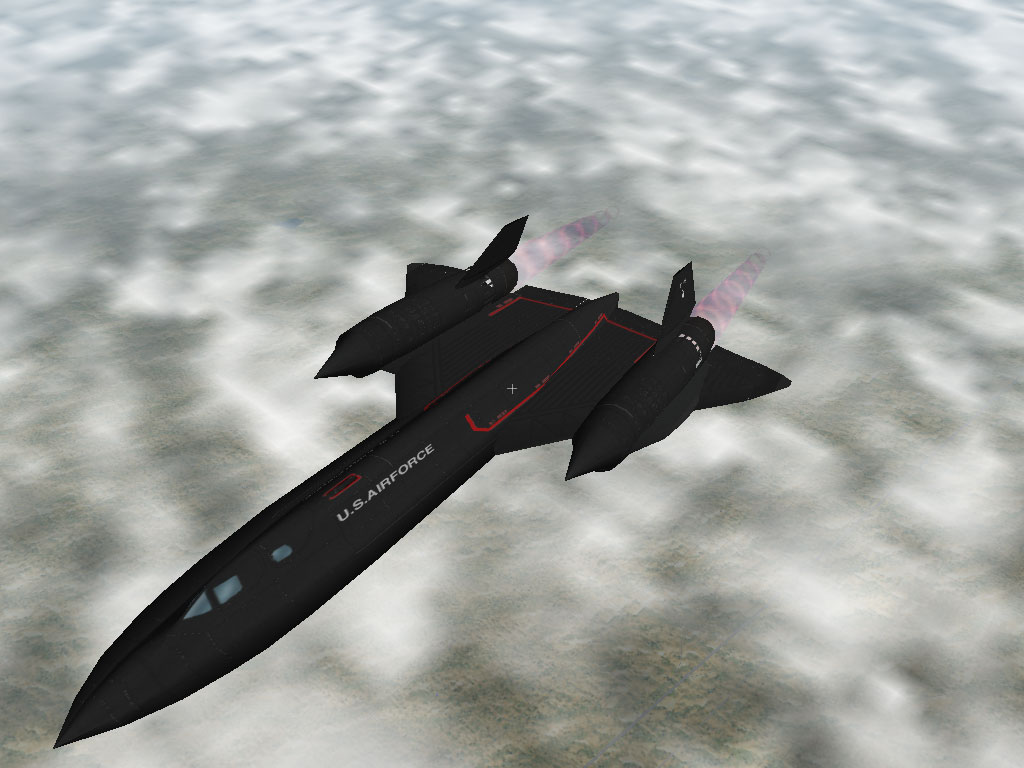

This in turn means that a series of consecutive mesh patches with increasing LODs (starting at 0) will all have the same center point, and can be switched between using consecutive LOD values.
#X PLANE 8.0 PATCH#
Setting the property sim/lod_mesh to 1 changes X-Plane’s behavior in the following way: the center point for LOD calculations of a mesh patch with a non-zero LOD start value will be taken from the previous mesh patch in the command stream. So for example, if a first patch has an LOD of 0 -> 20000 and the second one has 20000 -> -1, the first mesh patch may not disappear when the second one appears because they are being measured using different center points. Since two different LOD mesh patches may have different vertices, their centers will be different. Historically, X-Plane measures the distance of a mesh patch based on an arbitrary center point computed from the geometry. While X-Plane 8 forest exclusions remove a forest polygon if any vertex is in the exclusion zone, X-Plane 9 forest exclusion zones exclude on a per-tree basis for more precise cuts. X-Plane 9 improves the quality of forest exclusion.

In some cases, culling may over-remove or under-remove scenery. The quality of culling depends on the type of scenery being excluded. A DSF may contain multiple exclusion zones of the same type, and they may overlap. Each exclusion zone is a rectangle specified in latitude and longitude. The exclude properties cause X-Plane to eliminate scenery from lower priority DSFs that are loaded underneath the overlay.

The overlay property signals to X-Plane that the DSF should be loaded as an overlay and not a base mesh. The overlay properties control how a DSF is used as an overlay to other DSF files. Thus you can bring in objects incrementally through proper organization of the DSF object definition order. More than one requirement statement can be used all are combined together to meet all requirement constraints. Each require statement applies to either facades or objects, and specifies both the minimum setting where the objects are guaranteed loaded and the minimum index within the DSF of the object/facade it applies to. The “require” properties force X-Plane to load certain objects. X-Plane only loads part of the facades and objects in a DSF, based on the “number of objects” setting in the rendering options. DSFs should contain a planet tag, which is optional, and assumed to be earth if missing. These bounds are in degrees and must be integers. These are the properties X-Plane recognizes: Bounding Box and Location PropertiesĪll DSFs must contain four properties indicating the bounds of the DSF tile. DSF PropertiesĭSF contains a series of properties, with string values. X-Plane thus installs its DSFs without decompressing them, to save disk space. Starting with X-Plane 10, X-Plane will read 7z-compressed DSF files (a single DSF compressed into a 7z archive) natively. Authors who want to edit DSFs should simply use higher level tools like OverlayEditor, or PhotoSceneryX. Note: this document is a low level reference, intended for programmers who intend to create tools to edit DSF files. This document lists the different legal DSF configurations that X-Plane understands. DSF is a container format new features can be added to the X-Plane scenery system without changing the file format. It puts a heavy toll on hardware, however, doubling already not insubstantial basic system requirements (Just to start with, X-Plane needs a 1GHz or faster G4, 512MB RAM, 10GB hard disk space, DVD drive and OpenGL graphics with at least 16MB VRAM.This document outlines how the DSF file format is used by X-Plane. The new “Generation 8” scenery is only available for maps of the United States. So if you imagine yourself as the captain of a 747-400 making a transcontinental flight from New York to Paris, you’ll see more accurate coastlines and more realistic skylines - in New York, anyway.

The biggest change in X-Plane since the last major release is the incorporation of “Generation 8” scenery, which yields much higher levels of detail in metropolitan areas.
#X PLANE 8.0 UPDATE#
If you want to stay current, you’ll need to have access to a broadband connection, because updates routinely measure in the hundreds of megabytes (a CD update is available for a nominal additional fee). X-Plane is in constant development: In fact, the current version is already ahead of what shipped on the DVD, but I’m keeping to what’s on the disc - v 8.00 - for consistency’s sake. Laminar Research, the developer behind this simulation (distributed in stores by GraphSim Entertainment), never sits still. I last looked at X-Plane in 2003, when the 6.5 version was the current release.


 0 kommentar(er)
0 kommentar(er)
